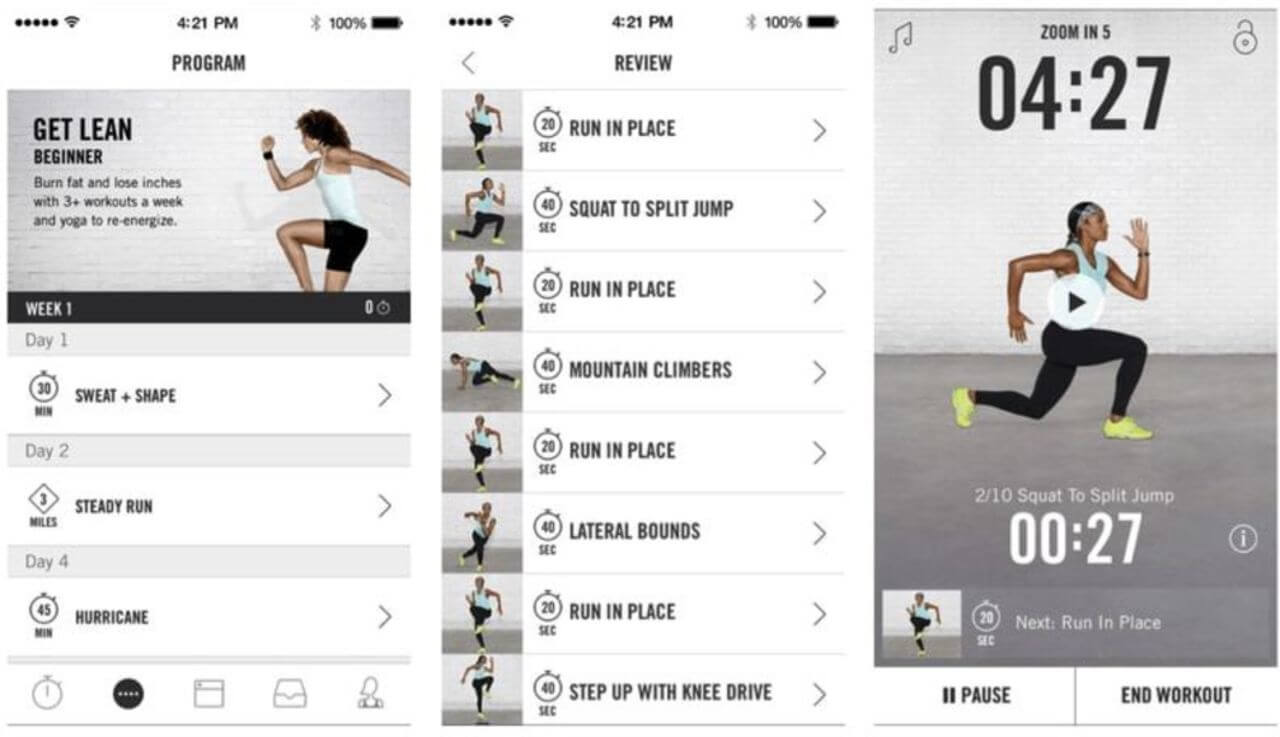As we look back on 2021, it would be nice to be able to view COVID-19 in the rearview mirror with a sigh of relief. But to quote Michael Corleone, “just when I thought I was out, they pull me back in!” This must be the way a lot of brands are feeling right now, as the Omicron variant puts into question what the new year will bring. Though the news may be frustrating, what the latest spike ultimately reminds us is that being agile and willing to pivot will remain a key attribute of successful brands in the coming year.
To help inspire and invigorate as you head into 2022, we are revisiting the best pivots that we have seen during the COVID-19 pandemic and highlighting some lessons that can be learned. Scroll through the list below and let us know which examples you think we missed!
Oreo's #ProudParent Campaign
With annual Pride parades around the world put on hold due to the pandemic, Oreo looked for new ways in which they could “push the category, and cultural conversation, forward.” In partnership with PFLAG – an organization dedicated to bringing LGBTQ+ people, families, and allies together – they developed a campaign that focused on the relationships between LGBTQ+ children and their parents.
The campaign began in June, when Pride events usually take place, with out-of-home advertisements displayed along typical Pride parade routes in New York City and San Francisco. The advertisements featured recreated signs that parents had carried in earlier parades – hinting at a theme that was to continue throughout the year. A few months later, on the same weekend as National Coming Out Day, they launched their Proud Parent film on social media – highlighting the important role that parents and community play in supporting the LGBTQ+ community. Lastly, they created limited-edition rainbow Oreo cookies that were only available to those that demonstrated their allyship through social media.
While the campaign was a huge success, it only worked because it was a natural progression from Oreo’s previous support and involvement with the LGBTQ+ community. By partnering with a trusted organization like PFLAG they were able to further validate the work they are doing and ensure that actionable change comes from their campaign. The powerful creative didn’t hurt either.
Verizon Goes Touchless
American telecommunications giant Verizon has viewed the pandemic as an opportunity to streamline their customer experience through the use of technology, “ensuring seamless, efficient transactions while increasing customer satisfaction.”
To do so, they introduced a new end-to-end retail experience that begins in a customer’s home and moves with them along their shopping journey. First, customers schedule an in-store appointment through Verizon’s website or app. Once a customer has arrived within 75 feet of the store they are scheduled to visit, they are sent a push notification that guides them through a check-in process (or provides curbside pickup details) to ensure safety and efficiency. Inside, customers can use the mobile app to find out more information about products or complete a purchase. Meanwhile, staff leverage tablets that can provide further information and payment options for customers – ensuring that physical contact is minimized while still providing a human element to the experience.
The retail transformation that Verizon underwent has been successful not only because it offered safety, security and speed, but because there is a level of familiarity with every new touchpoint. The appointment scheduling, for example, is similar to that of buying a movie ticket online. What is most important, though, is that employees have remained a key component of the equation. Whether it be virtual Tech Coaches or in-store staff, Verizon has ensured that their new initiative empowers both customers and team members.
Nike Embraces DTC
As has been the case with many successful brands during COVID, Nike had already been thinking of new ways to engage with customers. In 2016, they began scaling back their relationships with wholesale retailers in an effort to increase profit margins and have more control over the customer journey. By directing more traffic to their own stores and website, they were able to hit the ground running (sorry, pun intended) when the pandemic hit.
Of course, we all know about how home workouts and an increased focus on health and fitness became a trend during the pandemic, and Nike was perfectly positioned to capitalize. The brand saw an 83 percent increase in digital sales in 2020 alone, and their e-commerce platforms now account for 30% of total sales – something they had previously hoped would be reached by 2023. But it wasn’t just an intuitive interface or influencer partnerships that led to the dramatic increase; it was the additional offerings that they provided customers, such as making their Training Club app available for free, hosting training videos on their YouTube channel, and launching Nike Experiences – allowing members to connect for workshops and activities in their local communities.
The added benefits of being a Nike Member has created loyalty that would not be possible in a basic transactional relationship. Even during the strictest lockdowns, customers were able to stay healthy, connected and engaged, while Nike has been able to stay in the pocket of close to 2 million active users in over 200 countries around the world.
Learning from the Best
The key takeaway from these three examples is that Oreo, Verizon and Nike embraced disruption and welcomed change. Not only did they survive, but they were able to come up with innovative ways to connect with their audiences and make their customers’ (and employees’) lives easier. “Organisations that become paralyzed or only participate in incremental change are those that don’t have the muscle memory of transformation in their ethos,” says Tsedal Neeley, professor of Business Administration at Harvard Business School. By having some foresight and creating a work culture that knows how to adapt, brands in all industries and of all sizes can come out of 2022 stronger than ever before.


